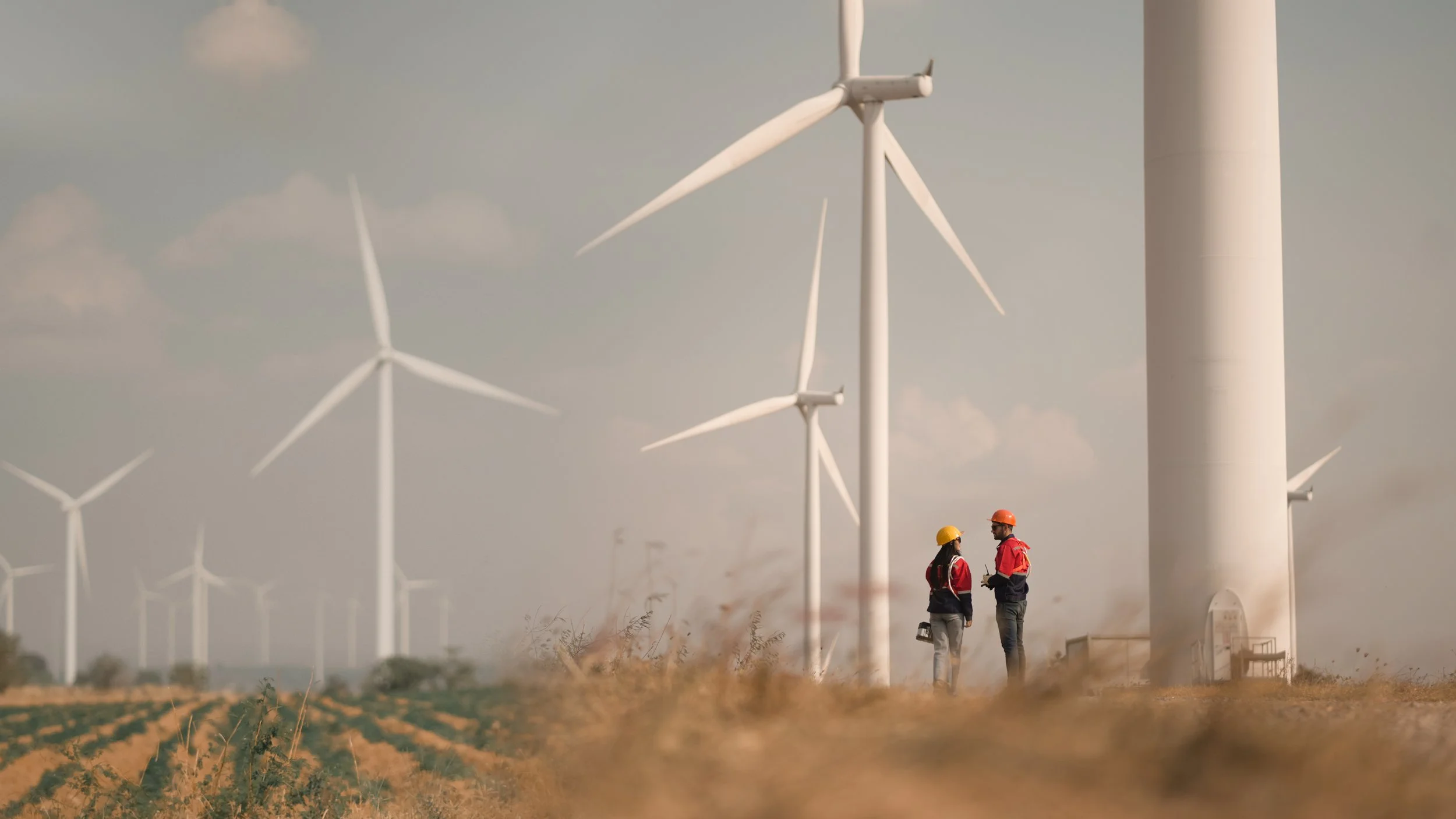
Read ENODA’s insightful articles on energy, technology, and intelligence
Insights
Featured Insights
Introduction of Enoda PRIME® Exchanger: the integration of optimal passive design with complex dynamic control
ENODA provides a system which is agnostic to the nature of supply and demand. To do that though, there needs to be one fundamental enabling technology. It has to sit in the location of the transformer just as the router sits in the former location of switch in telephone exchanges, and they both transform the nature of those networks.
The Future of Distributed Flexibility
This year, Ofgem released a Call for Input (CfI) on the Future of Distributed Flexibility. Ofgem begins by introducing some of the issues which are resulting in a lower uptake of distributed flexibility on the electricity system than there ought to be.
How Enoda’s technology can help address Greenhouse Gas Scope 1, 2 and 3 emissions
Enoda’s HERA® technology can help to drive down Scope 1, 2 and 3 emissions across industries, including the difficult loads identified above; therefore, the technology is capable of truly driving Net Zero outcomes in our lifetime.
What happened to the UK’s electricity balancing markets during Covid restrictions?
A legacy grid design, to be simultaneously reliable, affordable, and sustainable, requires solutions from first principles innovation to be fit for purpose in a Net Zero future. The total value of the Balancing Markets more than doubled during the 2019-2021 period
Russia will dominate energy security until the grid is fit for renewables
Coal is political and environmentally untenable. Nuclear is politically unpalatable in many places, unaffordable, and following Russia’s attack on the Zaporizhzhia, Europe's largest nuclear plant, an unacceptable security risk. The inflexibility of nuclear power station output also makes nuclear difficult to integrate with the variable demand of electric vehicles. I worry that many countries will sacrifice their climate goals to achieve security through a system that combines electrification of transport and coal-fired power. We do not have to do this.
Why dynamic harmonisation of energy systems is the key to the next phase of decarbonisation
Electrification with renewables will be the primary mode of the energy transition, and its weaknesses are causing the transition to stall. It’s time to discover dynamic harmonisation, the means by which we can optimally integrate multiple modes of energy and the work that it powers.










Nodal Asset Management (NAM) is a comprehensive edge-to-cloud solution for monitoring, control and advanced analytics that turns heterogeneous data into shared, actionable knowledge.